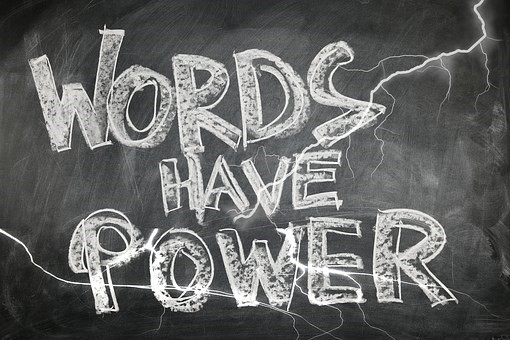Underpinning most website copy is the (sometimes not so subtle) attempt to persuade you into taking action – buy this, download that, pick up the phone, tell your friends.
Copywriters have used psychology to influence the behaviour of readers for years. Far from being trickery, these psychological insights can improve the user experience and help keep readers on your website long enough to convert.
If you need to create some powerful, persuasive copy, try these 7 psychological tactics used by copywriters.

1. Establish credibility
If your audience doesn’t trust you then anything you say is suspect. If they trust you, they’ll trust your content and be more likely to do as you say.
Strengthen your content’s credibility by:
- Backing your claims with facts and stats.
- Quoting experts in your field
- Citing sources
- Using testimonials
- Sharing case studies
- Avoiding hyperbolic language and promises that you can’t keep.
2. Appeal to emotions
Done poorly, emotional appeals make us feel like we’re being manipulated. Done well, we might not even realise we have been persuaded into action. What we often refer to as “branding” is an emotional appeal – the feeling a brand evokes.
Appealing to emotions can also compel an audience to take action and, as you would expect, charities and non-profits are masters of emotional appeal (see some example of charity copywriting we’ve done).
Appeal to emotions by creating a sense of urgency, a fear of missing out, or a sense of belonging.
3. Appeal to logic
When making a logical appeal, it’s all about staying on the same page as your audience and respecting their intelligence. Build a logical argument step by step. An approach adopted by many copywriters is to provide two premises and a conclusion. Your audience needs to agree with both premises to accept your conclusion. For example:
- You know you need to sort out your pension.
- Understanding all these regulations can be difficult if not impossible.
- What you really need is a knowledgeable pension adviser to sort out your pension.
4. Social proof
Most consumers trust the word of family, friends and even strangers over any marketing content from a brand. This is because of the psychological principle of social proof, which essentially means people are more likely to act when they see others have done so.
Use the era of social media to your advantage and create a climate of trust so people talk about your brand or product in a positive way. Encourage your customers to leave reviews and use real-life case studies. Gather and promote testimonials.
5. Use storytelling
Storytelling helps your audience to read your content, connect the dots and take action. Your audience should see themselves in your stories. It should be felt.
6. Visualise
If people can recall an example of something, they are more likely to take action. Help them visualise a time in the past or in the future where your product/service could have helped/will help the situation.
7. Persuasive words
There are certain power words that hold more sway over our decision-making than others. Get into the habit of using the words Because, New, Instantly, Free and You in your content to make it more persuasive. They may be simple but they work.
Have I have persuaded you to get writing? You can instantly download my free copywriting guide and it will teach you a fresh new approach because you’ll be learning from the master.
See what I did there … ????
Download our free Content is King guide


